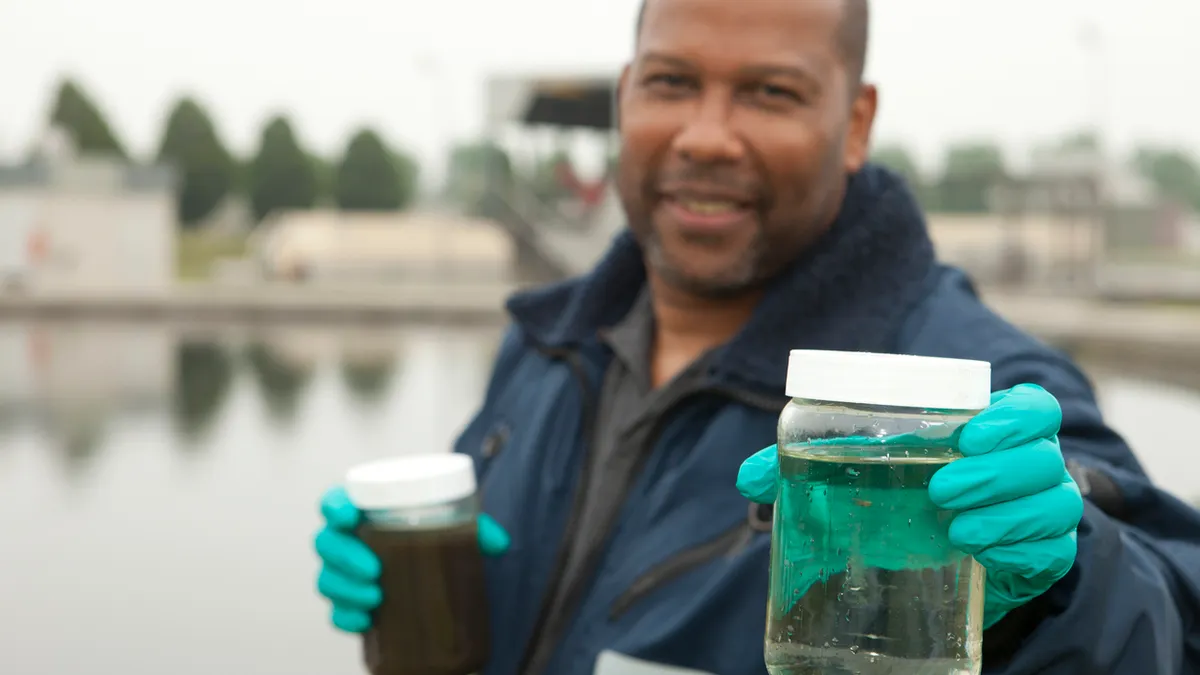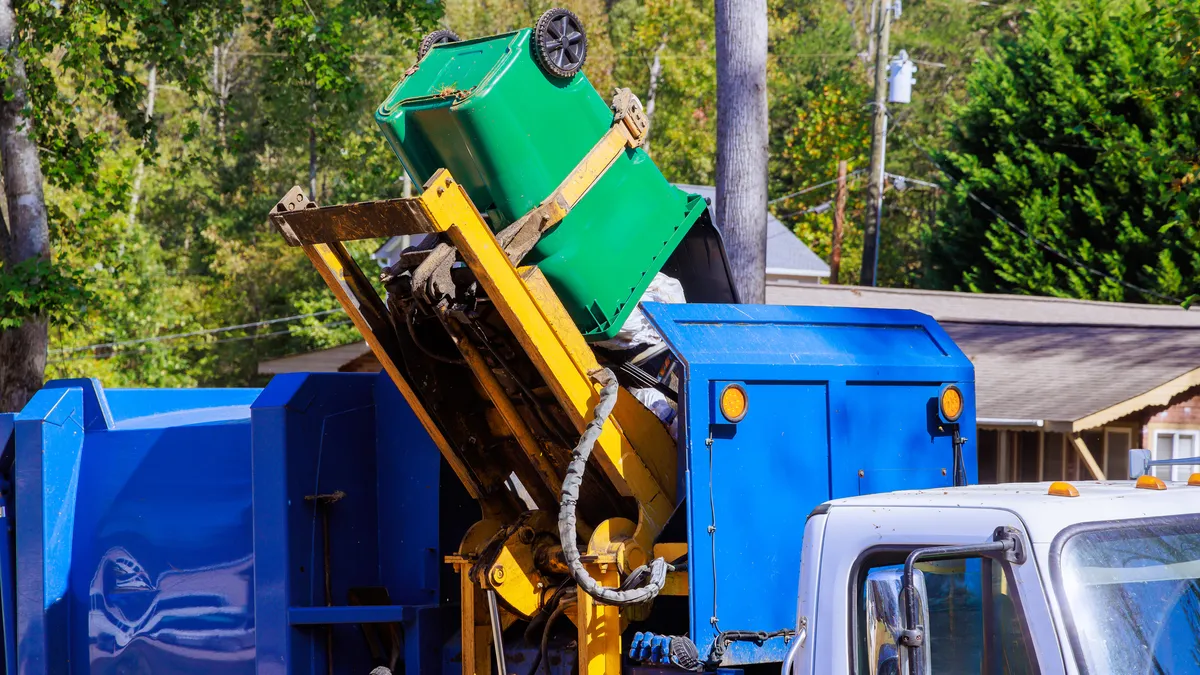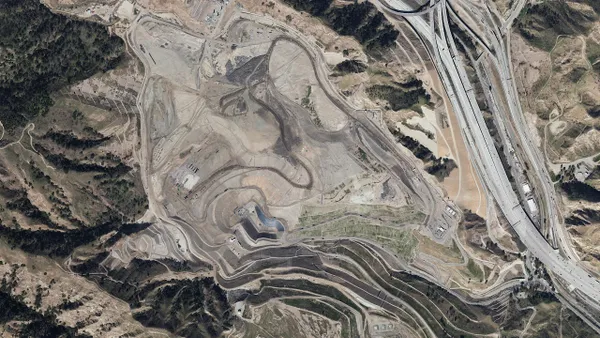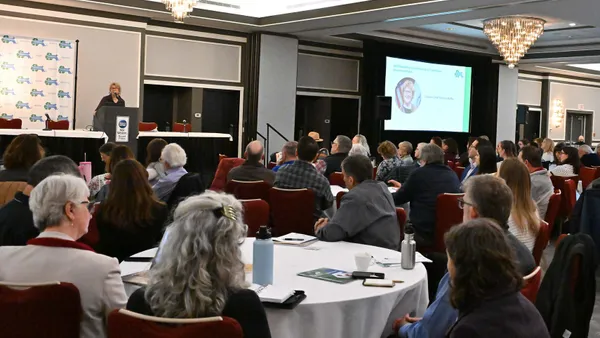PFAS is no longer a hushed topic bantered about in research circles; public concern about these chemicals and their effects has hit the mainstream—and there is no going back now.
PFAS is also a real concern for the waste and recycling industry. As waste regulations tighten, the industry knows PFAS management is a given. The industry has dealt with leachate management before, but nothing quite like this.
A quick reminder about what exactly PFAS is.
Per- and polyfluoroalkyl substances (PFAS) are a group of human-made chemicals that have been produced in the US since the 1940s. They are used in a wide variety of consumer products and applications from pots and pans and raincoats to firefighting foam and food packaging. These forever chemicals do not break down easily and have been linked to serious health and environmental concerns.
What’s the connection between PFAS and waste and resource management?
Even though PFAS originates in products upstream, it is finding its way into our waste streams through disposed product and industrial runoff. This makes landfill operators and waste and recycling facilities passive receivers of PFAS.
To expand on what this means, and the implications of such, the Environment and Public Works (EPW) Committee recently held a hearing entitled, “Examining PFAS as Hazardous Substances.”
This is what was said about the waste management industry’s role as it pertains to this issue: “Absent congressional intervention, the burden of cleaning up sites tainted with PFAS will fall on the shoulders of entities like drinking water and clean water systems, and waste management utilities. These entities are known as ‘passive receivers,’ they did not manufacture or generate PFAS and were unknowingly, or required by law, to catch or to receive these contaminants.” The meeting concluded with comments like, “Entities that had no role in creating or controlling these contaminants should not be penalized.”
Where is this headed and why should the waste and recycling industry care?
There is no crystal ball, but it is clear that tightening regulations and increased scrutiny on PFAS contamination are our new normal. And, with PFAS appearing everywhere from the air we breathe to landfill leachate, the standard ways of disposing of waste material will not be enough to combat this environmental hazard.
Landfill and transfer facility owners and operators need to understand the risks, how to handle PFAS, and how to help dig our country out of a mess that these passive receivers did not create.
Some facilities may already be utilizing methods to remove PFAS which inherently necessitates disposal. With pending regulations causing downstream risks and increasing costs, these old methods of removal and disposal (POTW discharge, solidification, incineration, deep well) may no longer suffice in 2024 and beyond.
What solutions exist to combat forever chemicals?
The good news is that there are cost-competitive solutions to treat and destroy PFAS on-site to decrease disposal costs and chain of custody risks, while reducing the risk of non-compliance of local, state, and/or federal regulations. Destroying PFAS on-site can even mean the potential for increased revenue.
One of the most effective and proven solutions for on-site PFAS management is Electrochemical Oxidation (EOx). This process breaks down contaminants using an electrical current passing through a liquid solution to mineralize PFAS compounds on an anode surface. This method requires less energy than other methods due to ambient temperatures and pressures.
Aclarity offers a full-scale low energy EOx solution to manage and destroy long and short-chain PFAS compounds at centralized treatment facilities, municipalities, landfills, and remediation sites to solve large, cost-prohibitive PFAS wastewater problems on-site. This gives managers a solution to tackle PFAS contamination without the need for costly and vulnerable off-site disposal. It also helps facilities reduce downstream risk and meet local, state, and federal PFAS regulations. The modular nature of the Aclarity Octa™ skids allows sites to scale when needed, meeting existing regulations now with the ability to build upon to meet future regulations while dealing with changes in volume or levels of contaminants.
If you are currently on the receiving end of PFAS, the time to address this issue is now. Request a complimentary PFAS Destruction Evaluation here to learn how on-site PFAS management solutions can help you stay ahead of regulatory requirements and do so in a cost-effective, efficient way.
About the Author
Julie Mullen, CEO of Aclarity, invented Aclarity's primary technology as a PhD Candidate at UMass Amherst where she researched innovative water treatment technologies. Previously, she worked at the US EPA's Drinking Water Unit in Region 1 in engineering and policy development. Julie holds degrees in Environmental Engineering and Environmental & Sustainability Studies from Worcester Polytechnic Institute. She has been recognized as a 2019 Forbes 30 Under 30 recipient in Science, 2019 Lemelson-MIT Award recipient, and 2018 Innovator of the Year by NEWIN/NEWEA.
About Aclarity
Aclarity’s mission is to destroy PFAS forever. The team develops, deploys, and services full-scale proprietary electrochemical oxidation systems to permanently destroy PFAS chemicals in liquid waste for industrial facilities globally.










